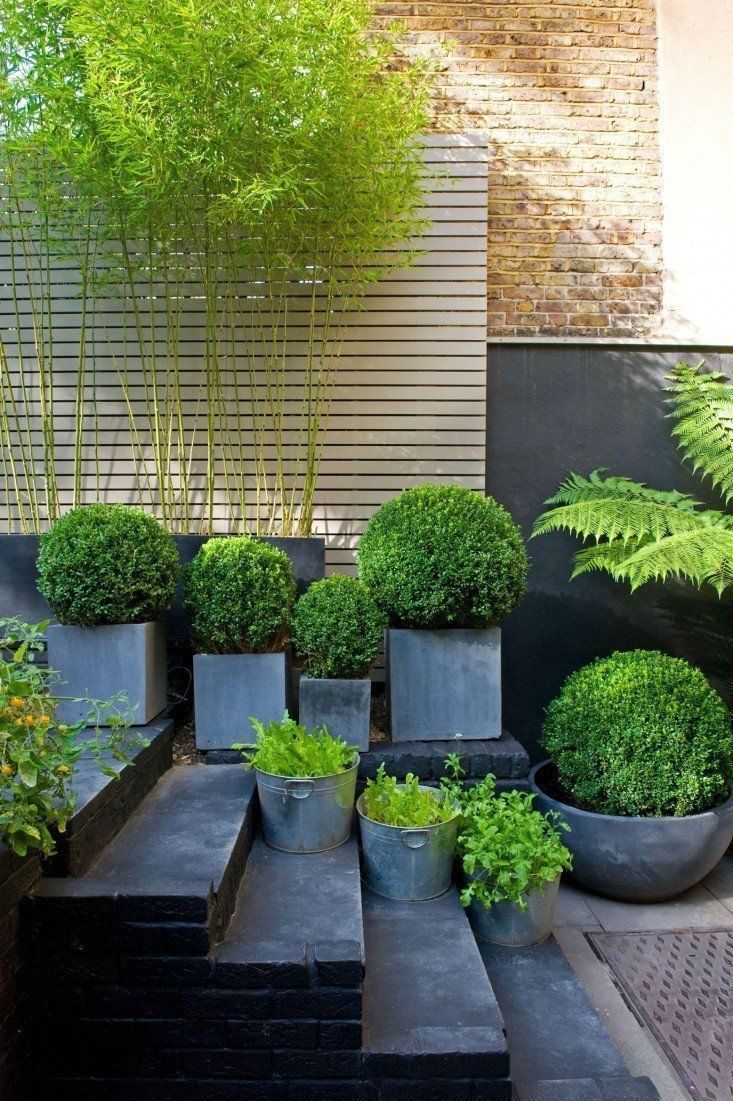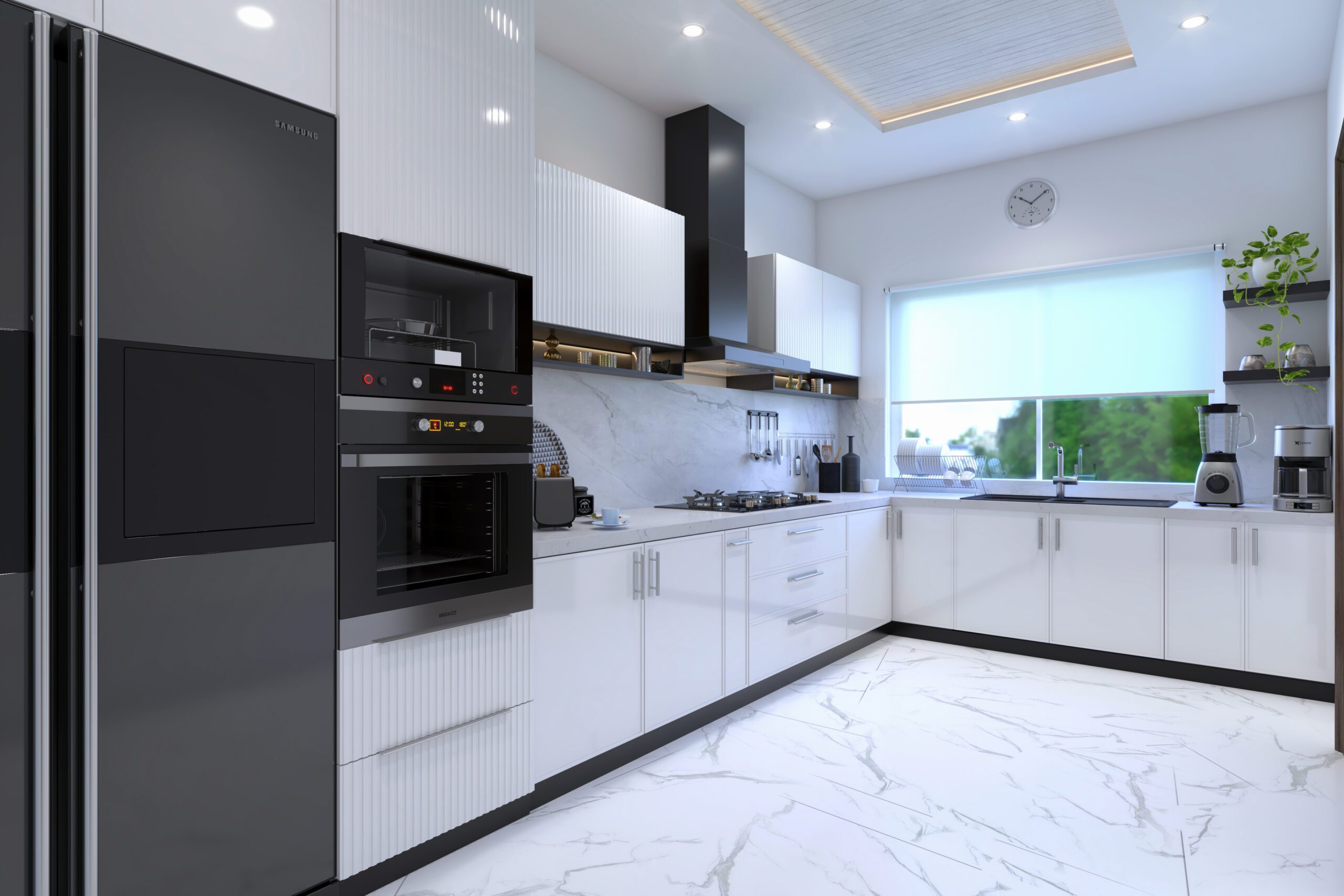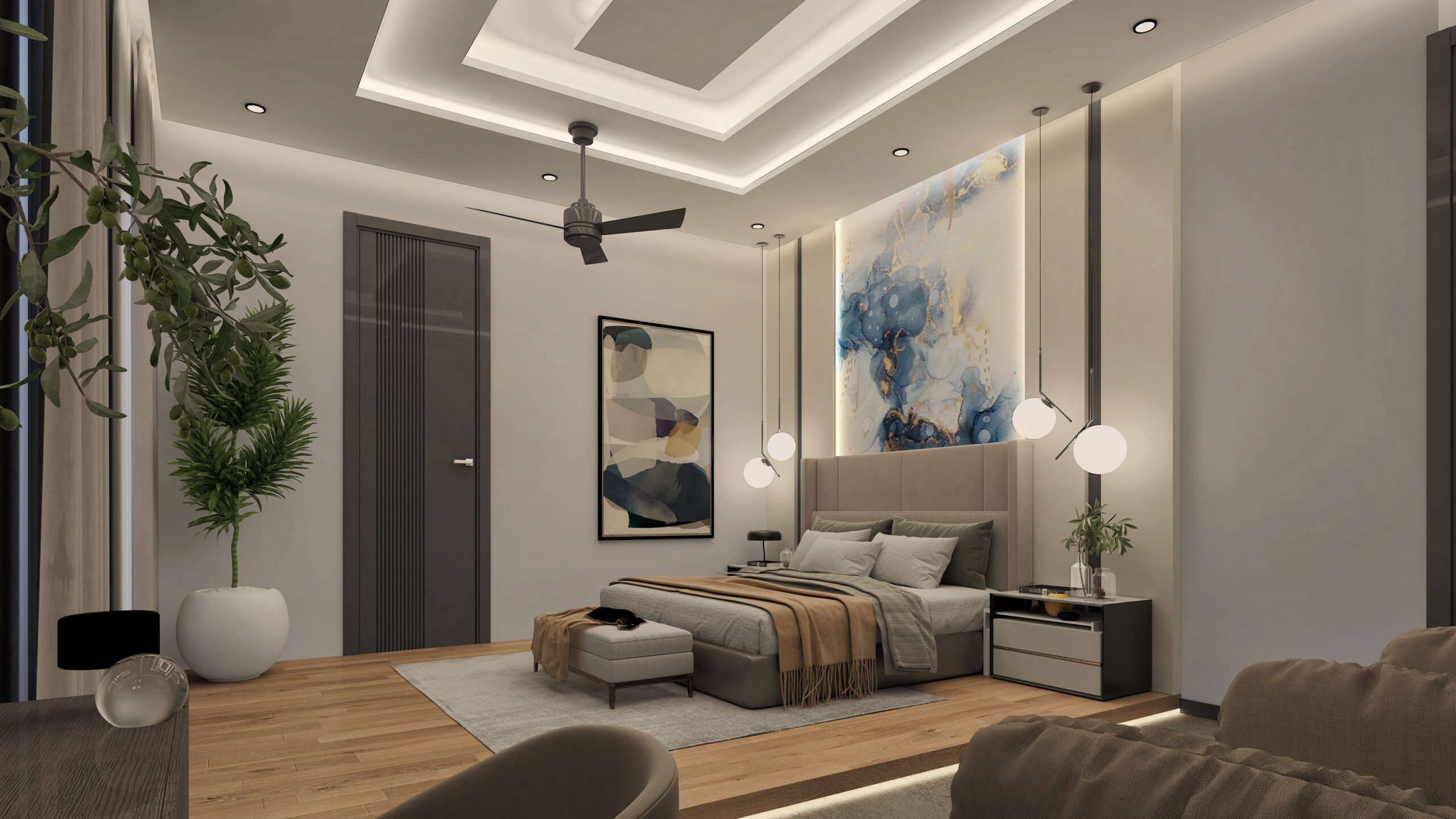


Today, more than ever, we talk about environmental challenges humans are facing globally. Climate change, global warming and depletion of natural resources are much discussed topics in every industry. Professionals in the fields of Architecture and Interior Design are considering various factors of sustainable design in their practice like; determining efficient and effective use of space, selecting construction materials that offer low environmental impact and lowering pollution, waste and energy consumption. The ultimate way to create sustainable and environment-friendly indoor spaces is by incorporating biophilia in design.
The term ‘Biophilia’ is described as instinctive human desire to connect with elements of nature and other living beings. Derived from two Greek words (Bio meaning ‘Life’ and Philia meaning ‘love or affection’), Biophilia literally means ‘love of life’. Biophilia is much more than a philosophy—biophilic design has been found to maintain productivity, physical health, and emotional, spiritual and intellectual well-being.
As population grows, bringing nature into built environment has become increasingly important to preserve the inherent human desire to connect with nature. While we spend more than 90% of our time indoors, the idea of ‘bringing outdoors in’ is gaining popularity. Below, we will share some important elements of Biophilic Design so you can reap its benefits in your own space.
Maximizing natural light is beneficial for our health and it helps reduce energy bills to a great extent. A lighting system aligned with our circadian rhythm plays a very important role in connecting us with nature and keeping us on track for various mental and physical activities. Sunlight symbolises warmth and energy and once we open up our spaces for it, we reap immense physical and mental benefits. We suggest incorporating strategically positioned large windows and if possible, indoor skylights in your building design to attract maximum sunlight and tranquil views from outdoors.
Research has proven that presence of water in an environment enhances the living experience and helps lower blood pressure, restore memory and bring tranquillity. A water feature at the entrance lobby can create an immediate sense of calmness and relaxation to the person or the guests. It also adds peaceful ambiance to the whole house. You can make a small waterfall or fountain part of your landscape and enjoy the calming sound of running water while sipping your tea on a couch placed with a nearby window.
Due to their immense health benefits, plants are the most popular element of biophilic design. They are air purifying, soothing to the senses and aesthetically appealing. Plants, in many cultures, are associated with growth and prosperity. You can bring some plants that survive low light indoor conditions (Spider Plant, Snake Plant, Peace Lilly and Areca Palm etc.) to give a quick facelift and a fresh feel to your spaces.
Biomorphic forms imply to the arrangements that imitate nature and they are representatives of natural analogues in biophilic design. Research has proven that organic shapes are more soothing to the senses and give an indirect experience of nature; hence they help reduce stress and improve focus. Think of avoiding straight lines and harsh patterns if you are planning to design or upgrade your space and try incorporating nature-inspired shapes and patterns like leaves, branches, pebbles, seashells, feathers, spirals and waves in different elements of decor.
We tend to perform better in ventilated environments where airflow is variable as it is outdoors. Such a change in airflow stimulates our senses and keeps us active hence improving our concentration and productivity. Proper ventilation helps in maintain air quality inside our living or working space keeping it germ-free. So keep your windows wide open for at least some part of the day for a fresh and crisp environment.
To get maximum benefits of biophilic design, introduce some nature-inspired fragrance to lift up your ambiance to another level. You can bring natural scents home by lighting some aromatherapy candles or essential oil diffusers. Natural scents like lavender, sage, and eucalyptus are proven to sooth and calm or energize. Also, nature inspired white noise like river, beach, or rain is known for its benefits in aiding a sound sleep and relaxed mind.
A biophilic design concept depends on sustainable materials that avoid unnecessary impact on the environment. Using sustainable, earth-friendly materials such as cork, FSC wood, rubber and bamboo for various purposes in a building can reduce chemical load and offer a warm calming space to reside in.





Elevate Your Voice and Expand Your Reach by Sharing Engaging Content Across Diverse Social Media Networks, Igniting Connections Worldwide!
WhatsApp us